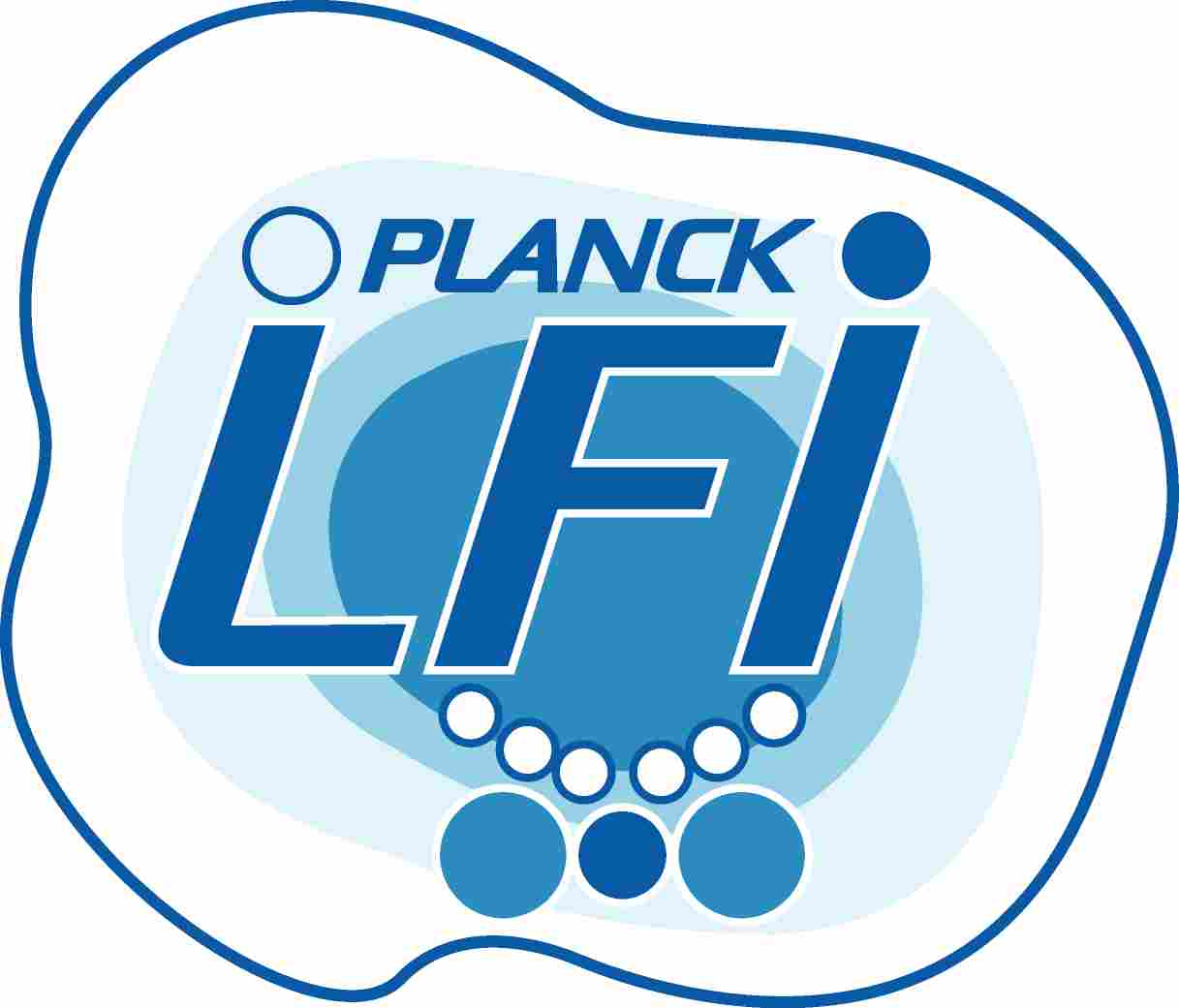

SummaryThe Planck satellite will collect and characterise radiation from the Cosmic Microwave Background (CMB) with unprecedented detail and precision. These measurements will be used to produce the best ever maps of aniosotopies in the CMB radiation field, providing us with an amazingly clear picture of the very early universe just 300,000 years after the Big Bang. The data from Planck will be used to find answers to questions like:
Planck is the third space mission to comprehensively map the CMB, after COBE and WMAP. It is expected to finally extract all of the information contained in the CMB temperature anisotropies. As with its predecessors COBE and WMAP, the Planck results will be the most important data to further our understanding of cosmology. There will be results on the initial conditions for large scale (galactic and larger) structure formation, the high energy physics of the early universe, and the overall topology of the universe. More information about the scientific case for Planck can be found in the Bluebook. An overall summary of the mission can be found on the Planck public website. International EffortThe Planck mission is international in scope. More than 40 European and some US scientific institutes will participate in the construction of the Planck HFI and LFI instruments. The Low Frequency Instrument is being designed and built by a consortium of more than 22 scientific institutes, led by the Instituto di Astrofisica Spaziale e Fisica Cosmica (CNR) in Bologna, Italy. The Canadian contribution to Planck is primarily in the form of Quick Look Analysis (QLA) software. We are adapting a powerful plotting and analysis program called Kst to the requirements of the Planck mission. Kst was originally written in Canada for the Boomerang and BLAST missions, which have similar QLA requirements to those for Planck. |